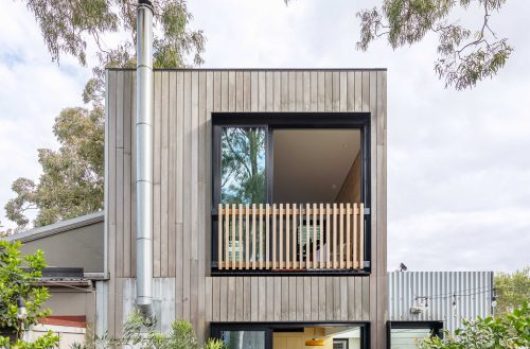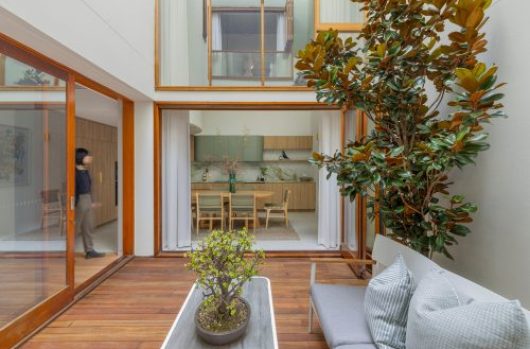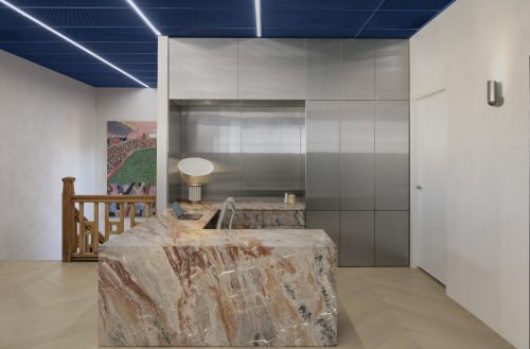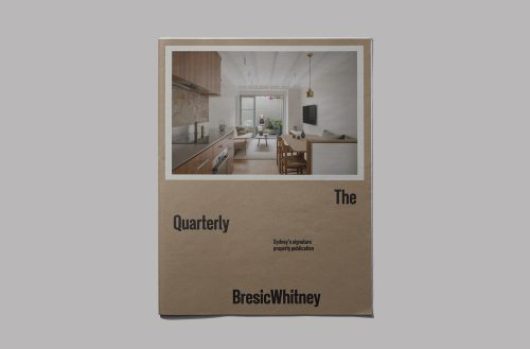Property boom hints from the budget
The Federal Budget release has suddenly seen ‘infrastructure’ become the real estate buzzword for the month.
In Sydney, investors are watching one major road, ‘Westconnex’, and competing to identify property boom spots out West. They know these types of drivers spur demand and desirability for surrounding areas, sending rent and prices up.
The ‘invest in the west’ noise shouldn’t leave Inner-Sydney buyers/investors feeling adrift. If ‘infrastructure’ includes any service that enables, sustains, or enhances our lifestyle, then there are plenty of price-driving improvements smouldering away on our city fringe.
For these initiatives, the State Budget can be even more telling.
Westconnex became a household name out of this Federal Budget. With NSW State Budget landing in 2 weeks, strategic investors and lifestyle buyers on the city fringe might find new indicators before they become part of our everyday lives.
One project that keeps getting better is the light rail system, undeniably propelling the desirability of Inner West pockets. It started in 1997, steamed through Lilyfield by 2000, and landed at Dulwich Hill just 2 months ago.
Lilyfield is now one of the inner-city suburbs with a median house price of more than $1 million. Dulwich Hill is yet to surge into this price bracket, but its median house price rose 19.6% in 2013, compared to 12.5% for the Marrickville LGA, 13% across Sydney, and 9% across Australia.
Meanwhile, with the 2013/14 State Budget proposing a $1.9 billion ‘CBD and South East’ extension, watch for demand spikes in these areas between now and the rail’s 2019 completion.
The far corners of Surry Hills are set for improved CBD access. Already popular with its strong dining and café scene, imagine what the light rail might add to this mix.
Nearby, Kingsford, Kensington and Randwick are set to have a deeper connection with these thriving city-fringe hubs than ever before.

Also driving population growth in inner Sydney, watch for new art and recreational spaces. At Central Park in Chippendale, 6000sqm of parkland features public art spaces, including the 13m-high kinetic sculpture Halo (worth a look if you haven’t inspected it already).

As these pockets become significant recreational destinations, they should evolve into tomorrow’s popular places to live. With an average land size of 100sqm, Chippendale is home to some of Sydney’s highest-density housing. The Central Park vision of 2200 homes and around 5000 new residents is now having a flow-on effect for the price of existing terrace houses, and patronage of surrounding businesses.
Sydney’s inner-city real estate landscape changes as these projects unfold. Consider the Anzac Bridge that gave Leichhardt and Balmain residents fast access to the city, and helped shape some of the most sought-after real estate in the Inner West.

Popularity began to surge at the time. And now, 20 years later, new Inner West suburbs continue to be added to the $1 million median house price list, with Balmain East hovering above $2 million.
There are plenty of chances to jump aboard the growth streaks that can accompany infrastructure. Investors usually expect windows of opportunity to come in 3 stages: announcement, commencement, and completion.
So while there’s still value to be found around ongoing projects, those who accurately identify relationships between budget announcements, infrastructure rollout and property prices will always achieve the best results.
The more we’re in-tune with future transformation, the better our chance of riding property growth through all 3 stages of infrastructure projects.



